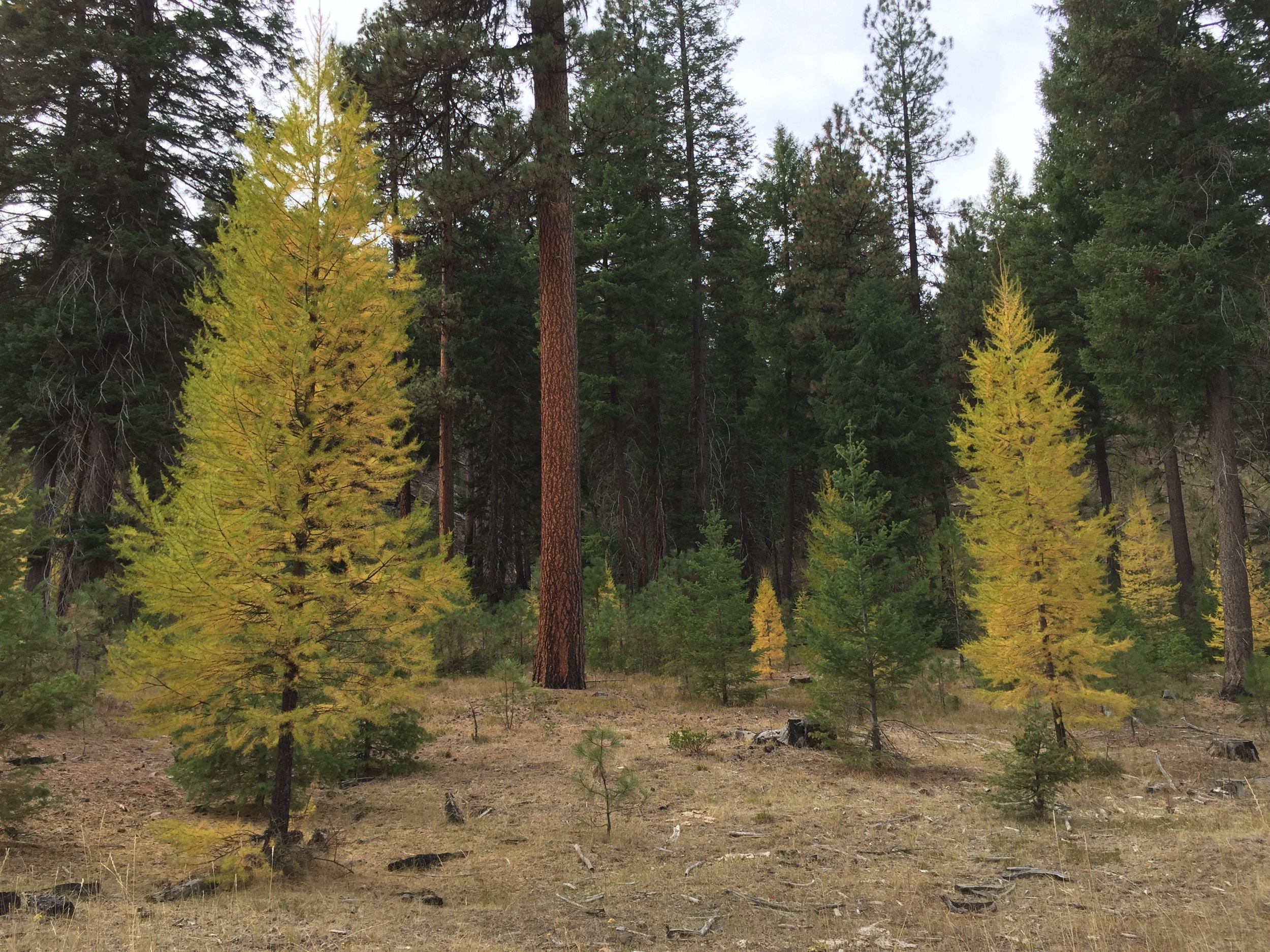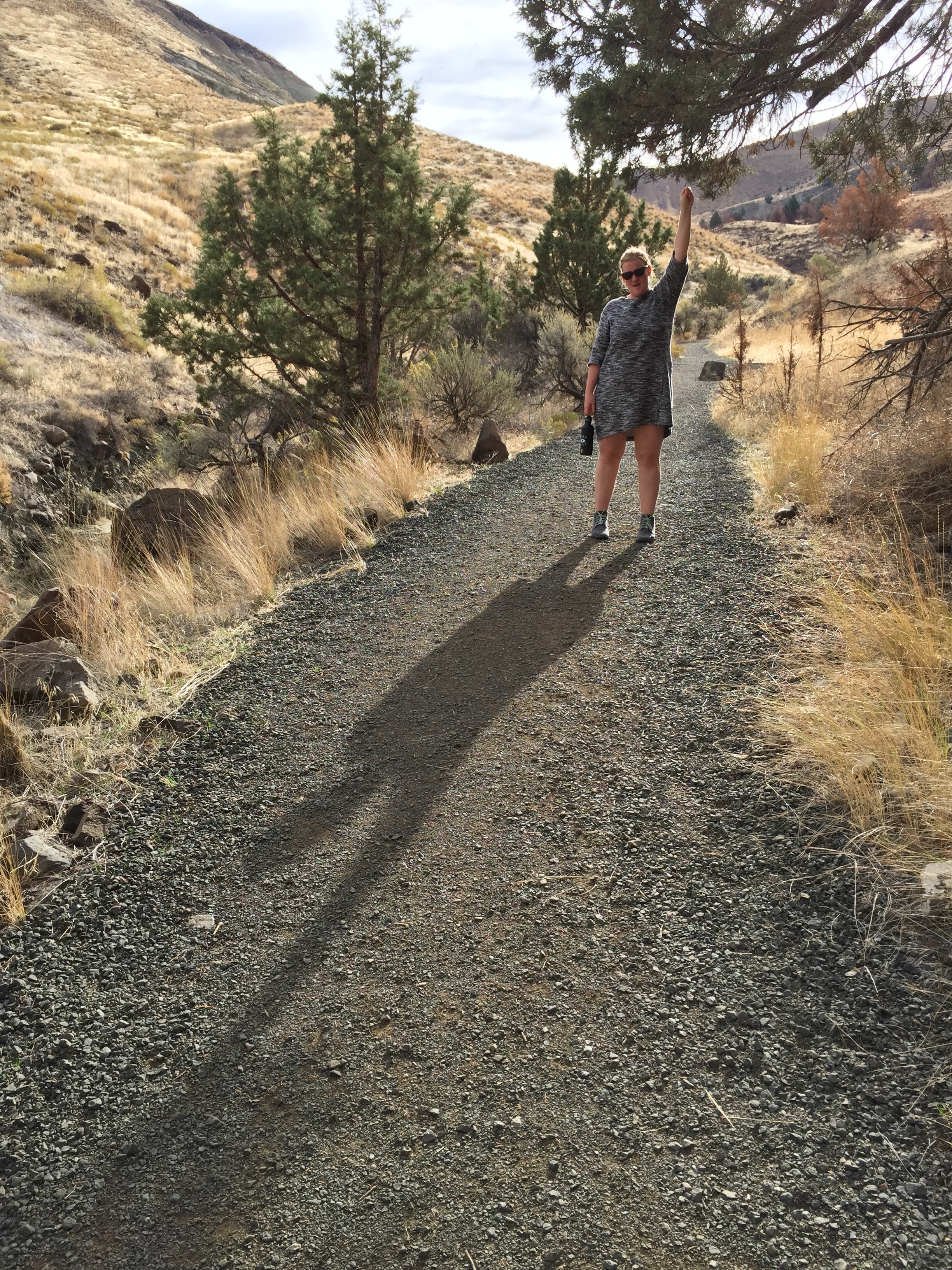Take It Easy
Stay Wild
INTERVIEW BY MEGAN FRESHLEY
PHOTO BY MATT GONZALEZ
Kate Saul
Yogi, Acupuncturist, Outdoor Reveler // YoYoYogi
Kate Saul knows how to take it slow. We’re not talking kicking back fireside in a Mt. Hood cabin after an afternoon on the slopes, although that might not be too far off. Kate’s version of slow living is also a deeply engaged one, connecting the dots of acupuncture, women’s health, and yoga in the Portland wellness community. In each of these practices, Kate invites people to tune into their bodies with awareness and intention. But that wasn’t always the case. Like so many mindfulness pros, she’s been to the other side, too. “I moved to New York right after college and got myself into a place where I was biting off way more than I could chew. My stress level was through the roof,” she says. “My mom was a yogi and she suggested I get into it again.” Yoga led her to other wellness practices, and soon she started seeing an acupuncturist. “I became so inspired by the healing power of what’s around us,” she says. “I wanted there to be more people like that out there to see there are choices outside the conventional. So I went for it. I got a master’s degree in acupuncture and Chinese medicine, and I’m joining practice focused on women's health at Willow Tree Wellness.”
To catch Kate in yoga teacher mode, Portlanders know to hit up her classes at YoYoYogi. “My classes are fluid and playful, but also about paying attention to what’s happening in the body. The only way to do that is to slow down enough to feel,” she says. “At the same time, it doesn't have to be serious. That's not how life is. The mat is a place to grow and be mindful and have tenderness toward the self.” After becoming a pillar of Portland yoga with these awesome classes, Kate was approached by Lululemon Athletica to become one of their Portland ambassadors. “A few of the team members there came to my classes and started inviting me to things they were doing,” she says. “They really want to make sure those they bring onboard are interested in being active members in the wellness community. I just want people to be happy and moving their bodies. And they want that, too.”
VISIT LULULEMON'S REFRESHED AND RENOVATED PORTLAND LOCATION IN THE PEARL DISTRICT
1231 Northwest Couch St.
Swing by the refresh Lulu this Sat Oct 8th, 8:30-10am for coffee and conversation. Oh, and keep up with their latest news on their Facebook page >>>

















